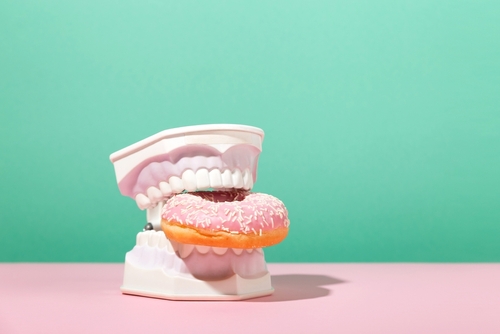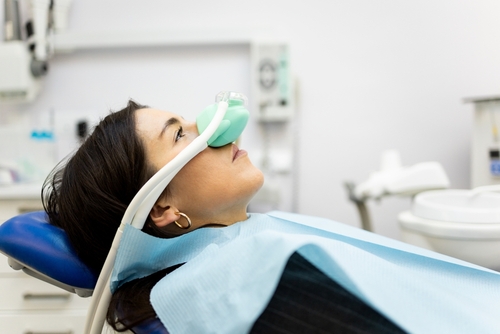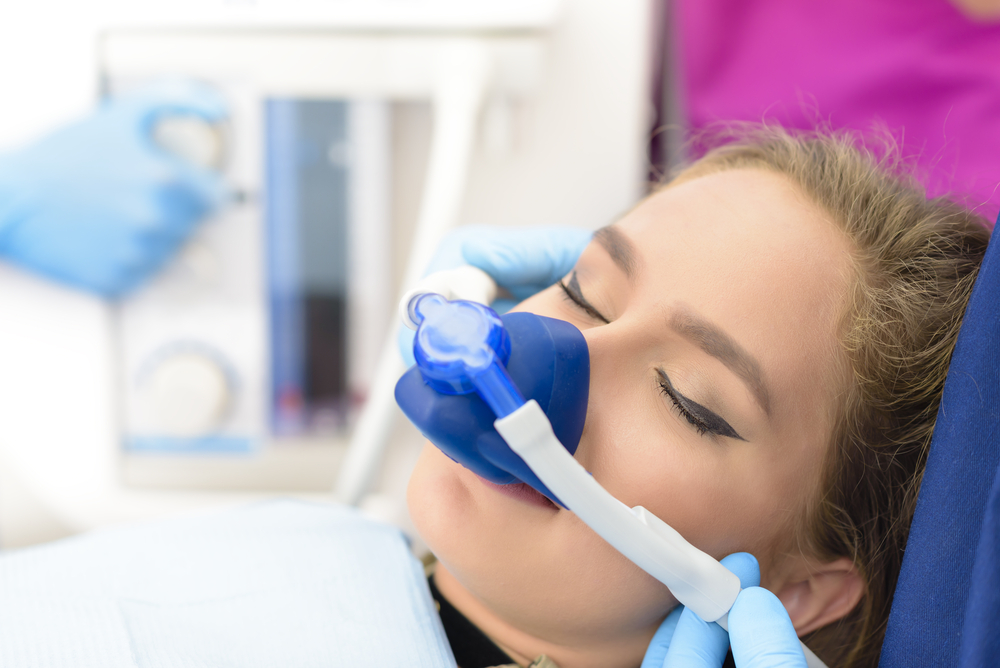The dental industry is constantly evolving, and staying on top of the latest trends is crucial for dental professionals and patients alike. In this article, we will explore some of the key trends that are shaping the dental industry in 2024 and beyond. From the adoption of innovative technologies to the focus on patient care and comfort, these trends are transforming the way dental practices operate and improving the overall dental experience.

1. Embracing 3D Printing for Enhanced Precision and Efficiency
One of the most significant trends in the dental industry is the increasing adoption of 3D printing technology. As the global 3D printing market continues to expand, dental practices are leveraging this technology to produce a wide range of dental products, including dentures, clear teeth aligners, dental crown substructures, dental models, and surgical guides. The simplicity and cost-effectiveness of additive 3D printing have revolutionised the workflow in dental practices, allowing them to handle their printing needs in-house or through more affordable avenues.
3D printing is a "paradigm shift" in dentistry, offering a more efficient digital workflow for offices and a more comfortable experience for patients. The dental 3D printing market is projected to grow from $3 billion in 2023 to $6.7 billion in 2028, reflecting the increasing demand for this technology.
2. Harnessing the Power of Digital Marketing for Increased Visibility
Digital marketing has become increasingly important for dental practices, especially in the wake of the pandemic. While dental practices have been slow to adopt digital marketing strategies, the necessity of online advertising has become evident. A survey of dental practitioners found that 38% believe that increased marketing efforts would make their practices more productive and profitable.
Patients are increasingly turning to online platforms to find dental services, with 1 in 3 stating that dentists cannot go without Facebook marketing. Social media has emerged as a cost-effective channel for dental practices to reach new patients. The use of social media for marketing has grown from 86.2% in 2013 to 92.1% in 2023 across all industries.
3. Subscription-Based Coverage for Affordable Dental Care
The cost of dental care remains a significant barrier for many individuals. Lack of dental coverage and the unpredictability of dental costs further compound this issue. In response, dental practices are increasingly offering subscription-based coverage as a solution for both insured and uninsured patients.
Subscription dental services provide patients with an annual or monthly rate that covers dental check ups, x-rays, and even dental fillings or other surgeries. These services offer cost-effective options for patients while guaranteeing a more stable revenue stream for dental practices.
4. Advancements in Laser Dentistry for Enhanced Precision and Patient Comfort
Laser dentistry is gaining momentum as an innovative approach to various dental procedures. The dental lasers market is expected to grow by 11% from 2021 to 2025. Dental lasers are classified based on their use on either hard or soft tissues, offering a wide range of applications in dental care.
In addition to improving patient outcomes, laser dentistry can replace the need for traditional dental drills in some cases. These lasers can be used to remove or reshape tissue, repair fillings, remove cavities, and even accelerate teeth whitening procedures. The incorporation of laser technology in dental practices enhances precision, reduces patient anxiety, and improves overall treatment efficacy.
5. The Rise of Natural and Sustainable Oral Hygiene Products
The global market for natural cosmetics and personal care products is projected to reach a value of $50.46 billion by 2027, driven by the increasing consumer demand for natural and sustainable options. This trend extends to oral care products, with herbal toothpaste, herbal mouthwash, bamboo toothbrushes, and oral supplements gaining popularity.
Oral probiotics have emerged as a natural method of maintaining oral health. These probiotics establish a beneficial oral microenvironment, helping to prevent conditions like halitosis, periodontal diseases, and cavities. Major toothpaste companies, including Colgate and Crest, have responded to this trend by launching all-natural toothpaste options free of artificial colours and other additives.
6. Telehealth and Teledentistry for Enhanced Access to Dental Care
The COVID-19 pandemic accelerated the adoption of telehealth services across various healthcare sectors, including dentistry. Teledentistry offers a substitute for in-person care, particularly for individuals residing in rural areas with limited access to dental services. It has been proven to be equally effective as in-person consultations for diagnosing cavities and creating treatment plans. The convenience and accessibility of teledentistry make it an essential tool for expanding dental care to underserved populations.
As the demand for telehealth services continues to grow, dental practices will need to adapt and integrate these technologies into their practices. Dentists, patients, and healthcare providers alike recognise the long-term benefits of telehealth, making it a permanent fixture in the dental industry.
Conclusion: A Future of Innovation and Patient-Centric Care
The dental industry is experiencing a wave of innovation and change, driven by emerging technologies, changing patient expectations, and the need for affordable and accessible dental care. From the adoption of 3D printing and laser dentistry to the consolidation of dental practices and the use of telehealth services, these trends are shaping the future of dentistry.
Dental professionals who embrace these trends and prioritise patient care will position themselves for success in the evolving dental landscape. By harnessing the power of digital marketing, offering subscription-based coverage, and integrating automation into practice management, dental practices can enhance their visibility, financial stability, and operational efficiency.
Furthermore, by addressing patient anxiety and enhancing comfort through sedation dentistry and innovative technologies, dental practices can foster a positive and welcoming environment for patients. The dental industry's future lies in innovation and patient-centric care, ensuring that dental professionals can provide high-quality services while meeting the evolving needs and expectations of patients.

Stay Ahead With the Best in Dental Care
At Mulgrave Dental Group, we pride ourselves on staying ahead of the curve with the latest advancements in dental technology and patient care. We’re equipped to provide you with the most innovative and comfortable dental experiences.
Our team is dedicated to making your dental visit as easy, effective, and stress-free as possible, using cutting-edge treatments and patient-centric approaches. Schedule your appointment with us today.
Smile Makeover Client
Your Healthier Smile Awaits
Whether you're looking to improve your dental health or enhance your smile, we're here to help. Book an appointment with Mulgrave Dental Group today!
Book Now


